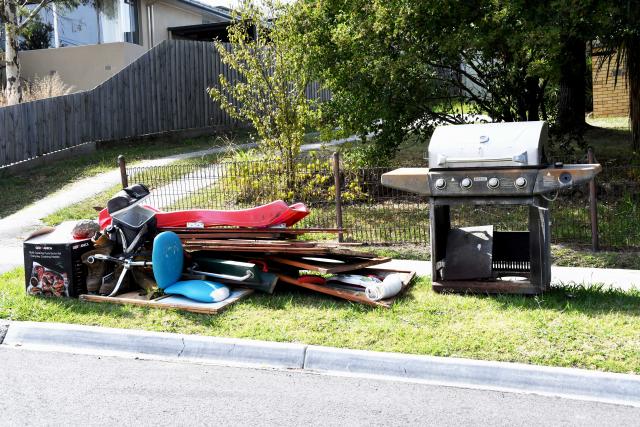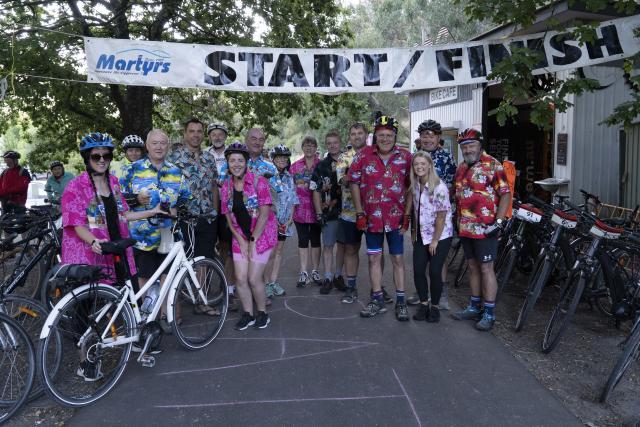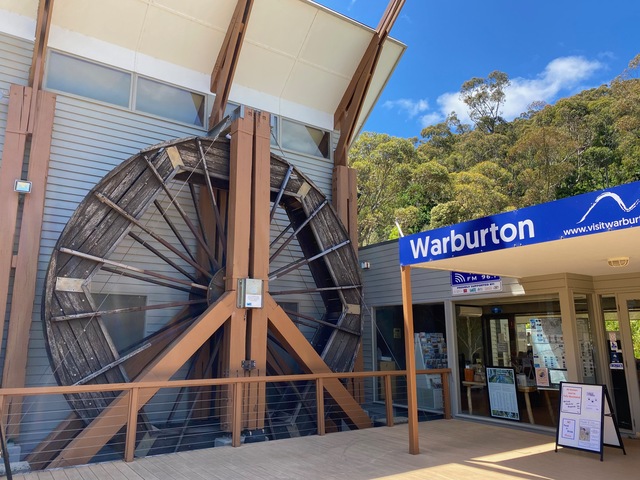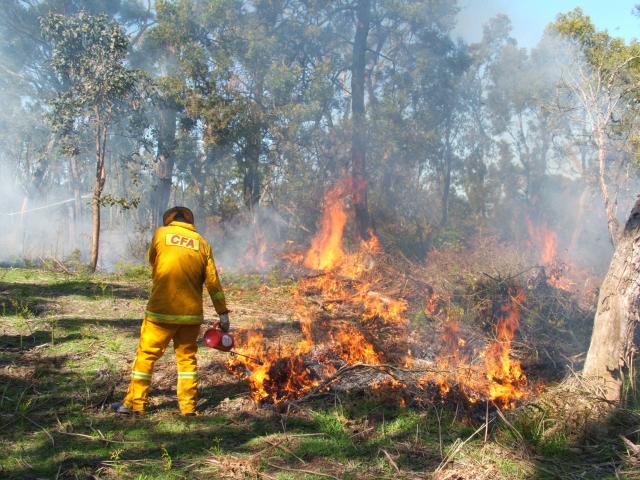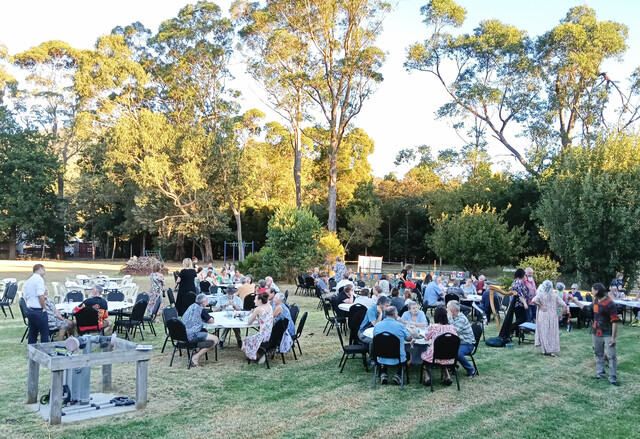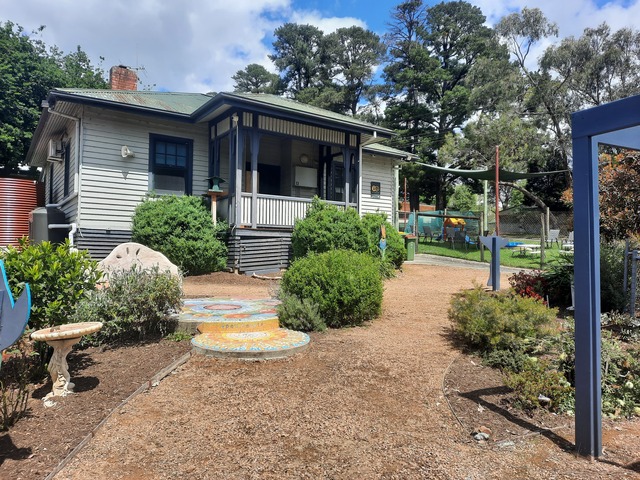By JESSE GRAHAM
A TREE planting event in Launching Place last month will help to create the first habitat for the critically endangered Helmeted Honeyeater outside of the Yellingbo Conservation Reserve.
On Tuesday 24 May, Yarra Valley Water and Yarra Ranges Council staff, Friends of the Helmeted Honeyeater members and residents gathered to plant 2000 indigenous trees and shrubs at the Upper Yarra Treatment Plant in Launching Place.
The planting was designed to create habitat for the critically-endangered Helmeted Honeyeater, which has a population of about 200 based in the Yellingbo Conservation Reserve.
FOHH environmental co-ordinator James Frazer said the event was the first step towards creating new habitat for the bird – the first area outside of Yellingbo since conservation efforts began.
“The main priority is re-establishing dense thickets of shrubs for birds to nest in,” Mr Frazer said.
“Our long-term plan is to establish multiple populations in different locations throughout their former range, and the priority would be in the Yarra Valley.
“The reason for multiple populations is to spread the risk of extinction, in case there is a fire event or something similar – if you have five separate populations, your risk is spread.”
Mr Frazer said the Launching Place works were “almost the first spade in the ground of works outside the Yellingbo area”, and that support from the community, such as that from Yarra Valley Water, had been “crucial” for the animal.
He said the population of the honeyeater had grown to about 200 birds in the wild, up from 60 birds in 2011, with another breeding season the way.
“We’re pretty excited about this breeding season,” Mr Frazer said.
“All of our population trends are indicating the population will keep growing and keep spreading out throughout Yellingbo and throughout the surrounding creek systems.”
Yarra Valley Water managing director Pat McCafferty said that treatment plants often house wildlife in surrounding bushy areas.
“As a water utility we rely on the environment around us every day but we do not take it for granted, we believe that the long-term well-being of our community depends on a healthy environment,” he said.
“This project and ones like it have the potential to help restore the population of our native birds, and possibly turn back the clock on a dire situation which could result in the extinction of a rare and beautiful species.”





